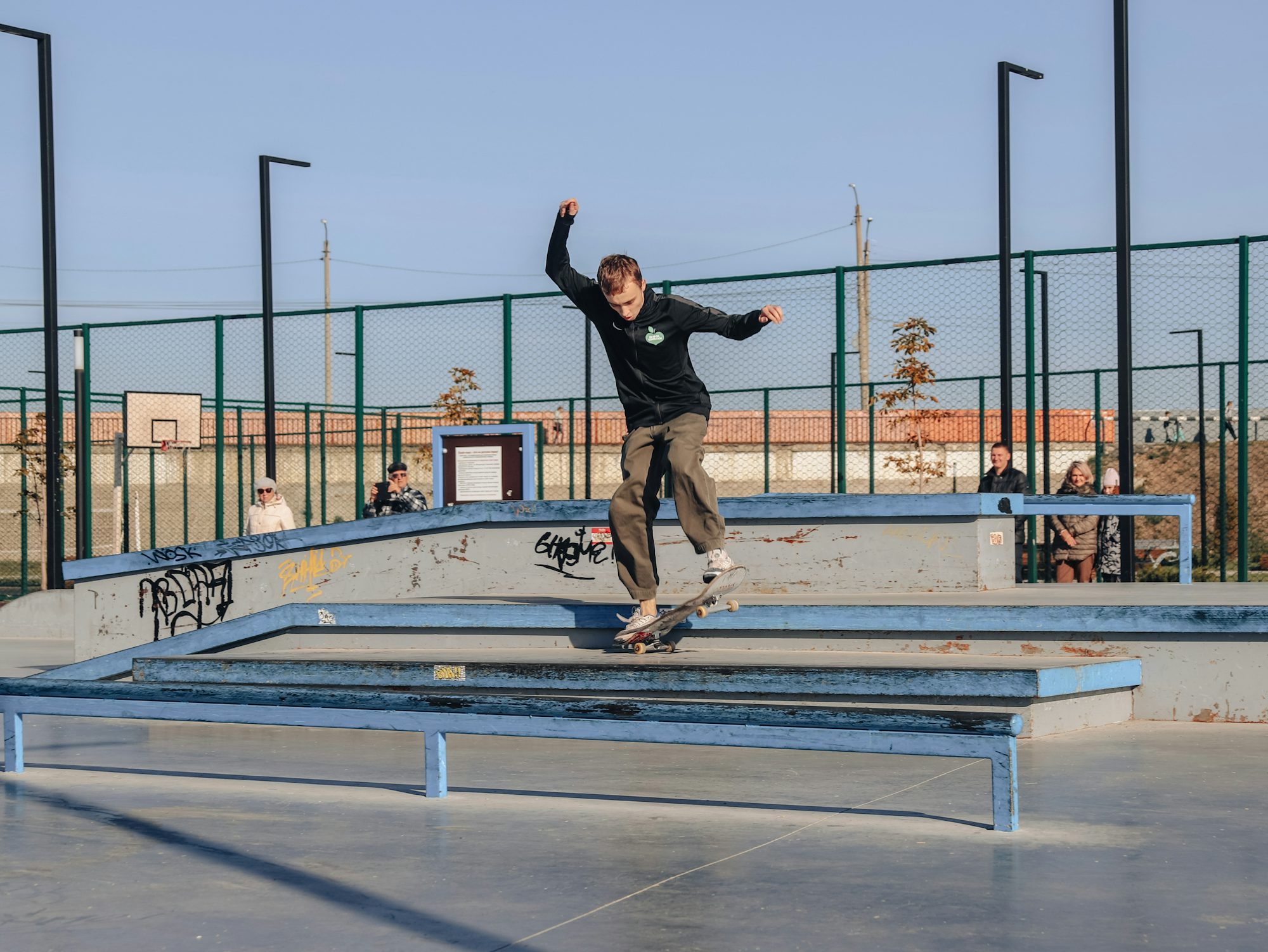Exploring the Thrill of Skateboarding: A Journey Through Styles and Community
This article delves into DIY Projects the diverse styles of skateboarding and the vibrant community that surrounds this exhilarating sport, highlighting its cultural significance and appeal.The origins of skateboarding can be traced back to California, where surfers sought to replicate the sensation of riding waves on land. Early skateboarders crafted boards using wooden planks and roller skate wheels, giving rise to a new form of recreation. This humble beginning paved the way for a diverse array of skating styles that we see today. The introduction of urethane wheels in the 1970s revolutionized the sport, allowing for smoother rides and greater grip, which led to the development of vertical skating.
Vert skating quickly became a highlight of the skateboarding scene, with riders performing tricks in halfpipes and empty swimming pools. This style emphasizes aerial maneuvers and technical skill, with skaters executing spins, grabs, and flips high above the transition. Icons like Tony Hawk and Bucky Lasek became household names, inspiring countless young skaters to take to the ramps. The energy and excitement of vert skating captured the attention of the public and laid the foundation for the burgeoning skateboarding industry.
As skateboarding progressed, street skating emerged as a dominant style in the 1980s and 1990s. This shift saw skaters moving away from ramps and pools to urban environments, utilizing curbs, stairs, and handrails as obstacles for their tricks. Street skating celebrates creativity and improvisation, allowing skaters to transform their surroundings into a playground. This style not only showcases technical skill but also fosters a unique connection between skaters and their urban landscapes.
Freestyle skateboarding is another fascinating aspect of the sport, characterized by technical tricks performed on flat surfaces. Riders like Rodney Mullen became famous for their intricate footwork and innovative tricks, pushing the boundaries of what was possible on a skateboard. Freestyle skating often incorporates elements of dance and choreography, making it a performance art that emphasizes balance, rhythm, and creativity. This style showcases the individuality of each skater, allowing them to express their personality through their movements.
Longboarding, a subculture within the skateboarding community, has gained popularity for its emphasis on cruising and carving. Longboards are typically larger and provide greater stability, making them ideal for leisurely rides and downhill adventures. This style focuses on the enjoyment of the ride rather than performing tricks, attracting those who appreciate the serenity of gliding through scenic landscapes. Longboarding fosters a sense of community, with groups of riders often organizing meet-ups to share their passion and experiences.
Another exciting facet of skateboarding is bowl riding, which involves skating in large, bowl-shaped structures or empty swimming pools. This style emphasizes carving and fluid movement, with riders using the contours of the bowl to perform tricks. Bowl riding combines elements of vert and street skating, allowing skaters to explore their creativity while navigating the curves and transitions of the bowl. The communal aspect of bowl riding is evident, as skaters DIY Projects often cheer each other on and share tips, fostering a supportive environment.
As skateboarding has grown, so has its impact on fashion and lifestyle. The skate culture of the 1980s and 1990s introduced a distinctive aesthetic characterized by baggy pants, graphic tees, and iconic sneakers. Brands like Vans and Element became synonymous with skateboarding, reflecting the lifestyle and attitude of the community. Today, skate-inspired fashion continues to influence trends, bridging the gap between skate culture and mainstream style.
Music has also played a vital role in shaping the skateboarding experience. The punk and hip-hop scenes are deeply intertwined with skate culture, providing soundtracks that enhance the thrill of riding. Skate videos often feature energetic music, creating an atmosphere that resonates with skaters and fans alike. This connection between skateboarding and music fosters a sense of identity and belonging, allowing individuals to connect through shared interests and passions.
The representation of skateboarding in mainstream media has also evolved significantly. The inclusion of skateboarding in the Olympics marks a pivotal moment for the sport, showcasing its legitimacy on a global stage. This recognition offers skaters the opportunity to compete at the highest level while still celebrating the creative spirit that defines skateboarding. The Olympics provide a platform for diverse skaters to shine, encouraging the next generation to engage with the sport.
In recent years, initiatives aimed at promoting diversity and inclusivity within the skateboarding community have gained traction. Programs that focus on encouraging female participation and supporting underrepresented groups help break down barriers and challenge stereotypes. These efforts have led to the emergence of talented skaters who inspire others and redefine what it means to be a skateboarder. The evolving landscape of skateboarding emphasizes the importance of representation and accessibility, ensuring that everyone has the opportunity to participate and thrive.
As we move forward, the digital age has transformed the way skaters connect with one another. Social media platforms provide a space for skaters to showcase their skills, share experiences, and build virtual communities that transcend geographical boundaries. This interconnectedness fosters a sense of unity among skaters, reinforcing the idea that skateboarding is not just a sport, but a global movement that celebrates individuality and creativity.
In conclusion, skateboarding is a thrilling sport that offers a myriad of styles, techniques, and cultural significance. From its origins as a makeshift pastime to its status as a global phenomenon, skateboarding has shaped the lives of countless individuals, providing a platform for self-expression, creativity, and community building. As skateboarding continues to evolve, it will undoubtedly remain a vibrant force that unites people from all walks of life, inspiring future generations to ride the waves of creativity and freedom.
